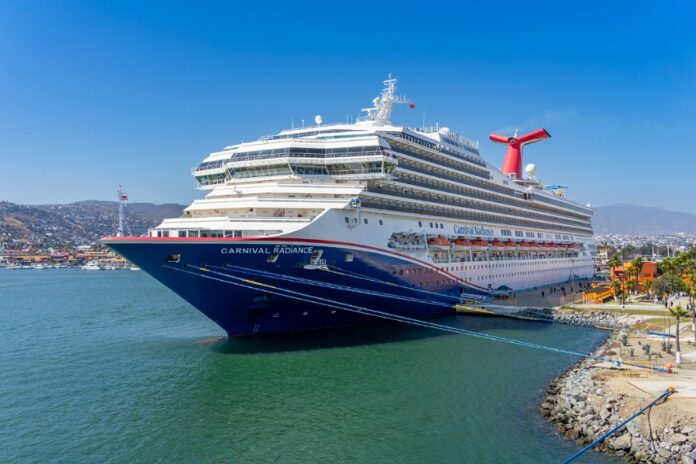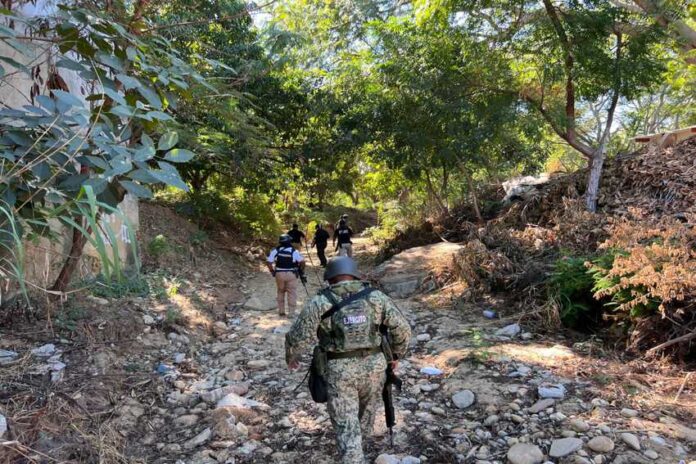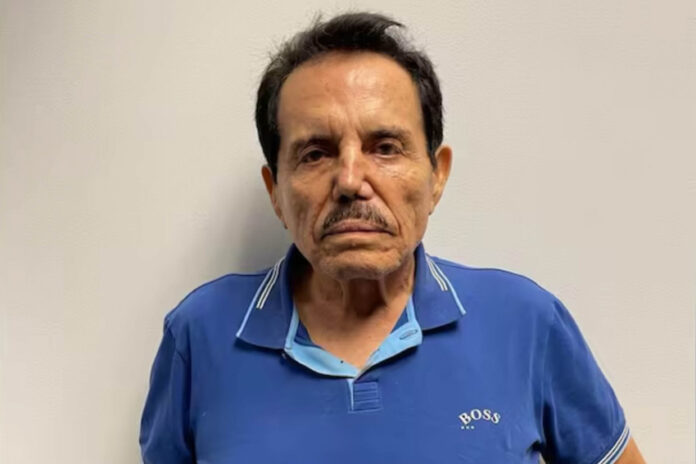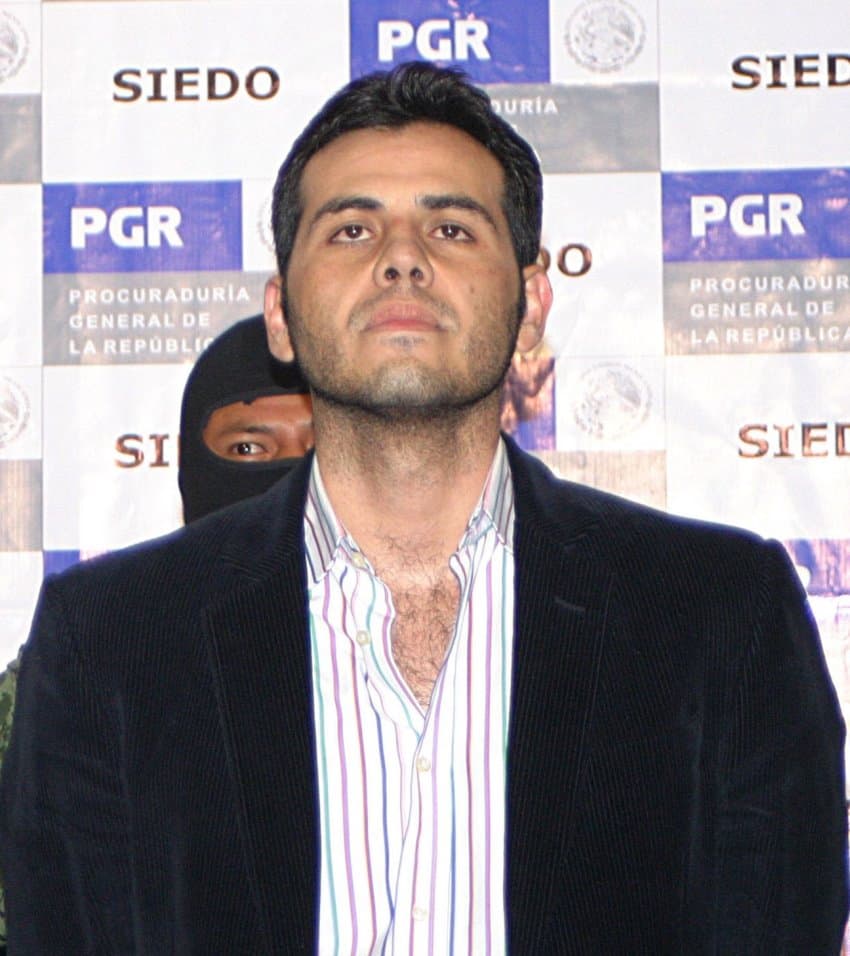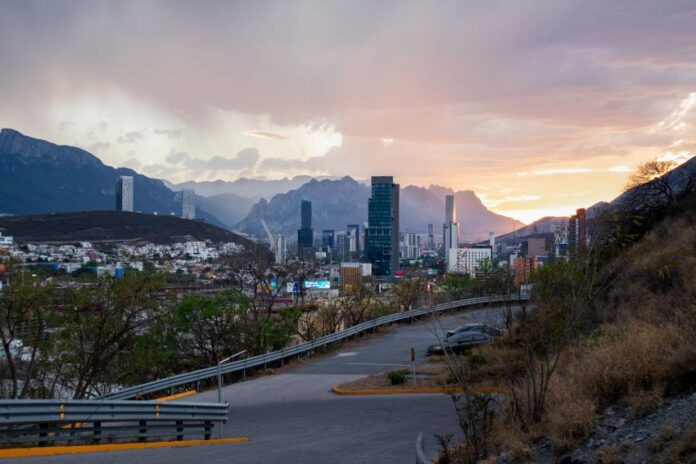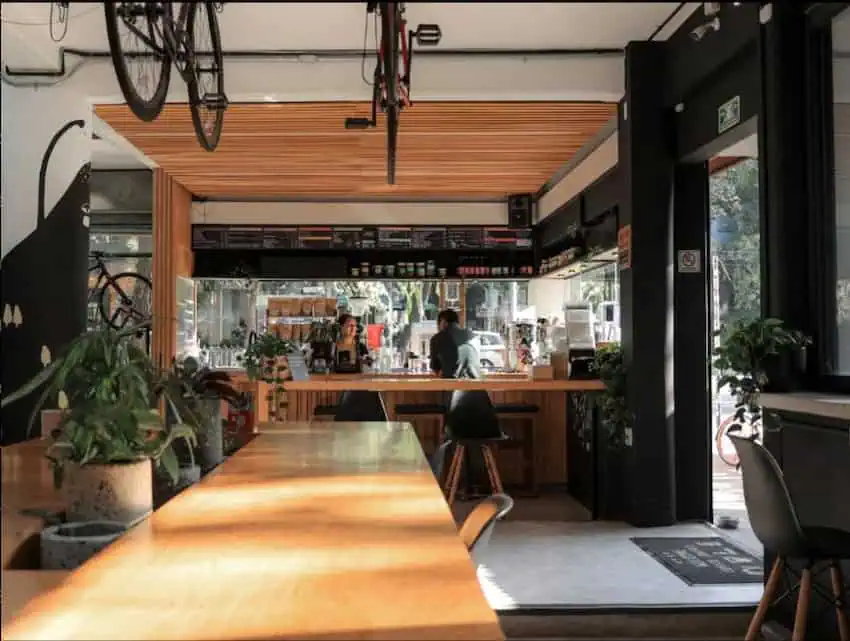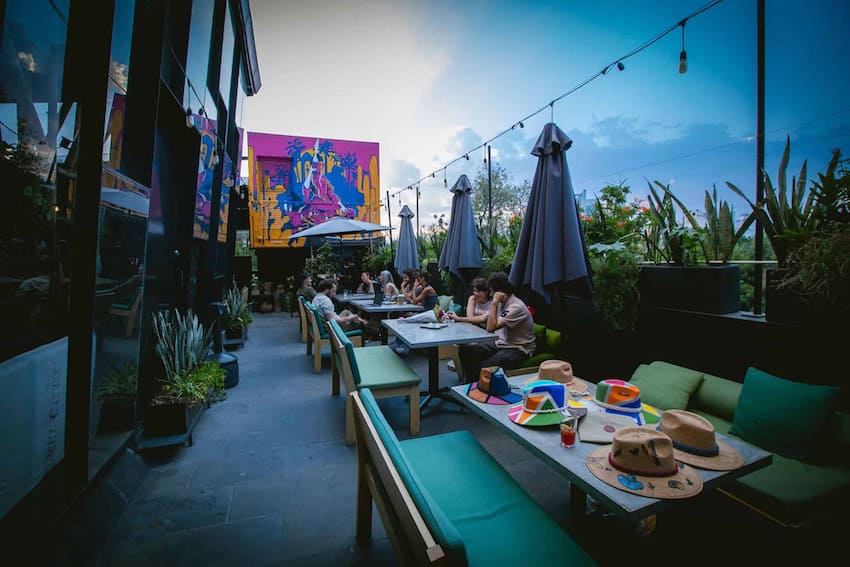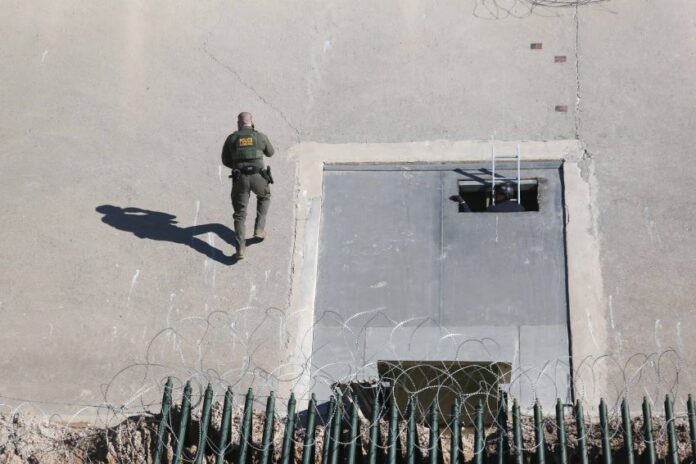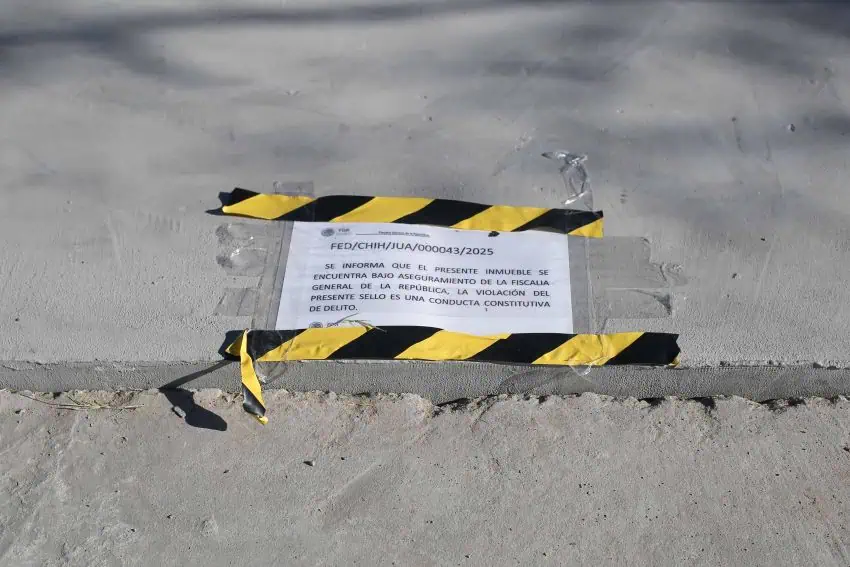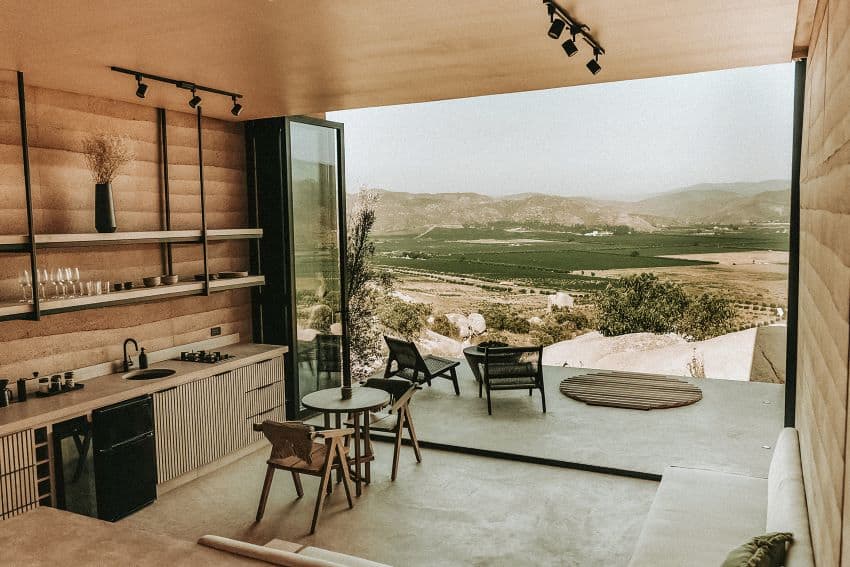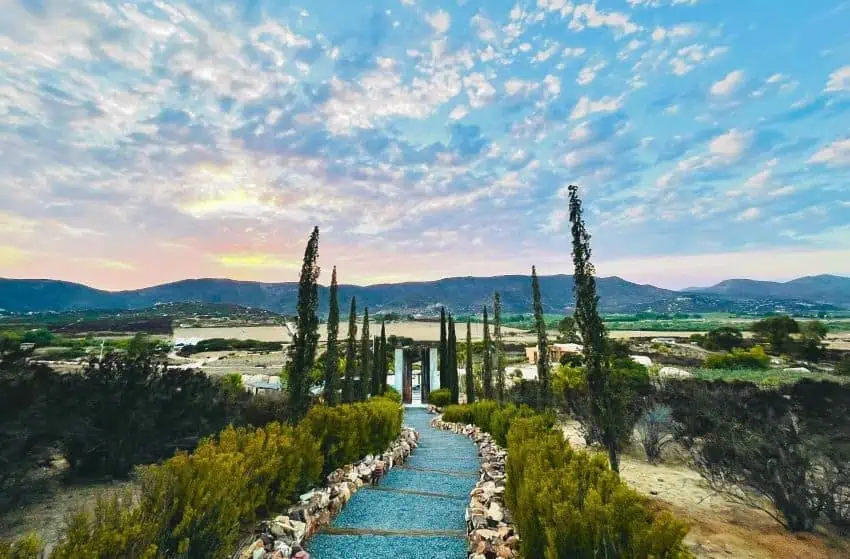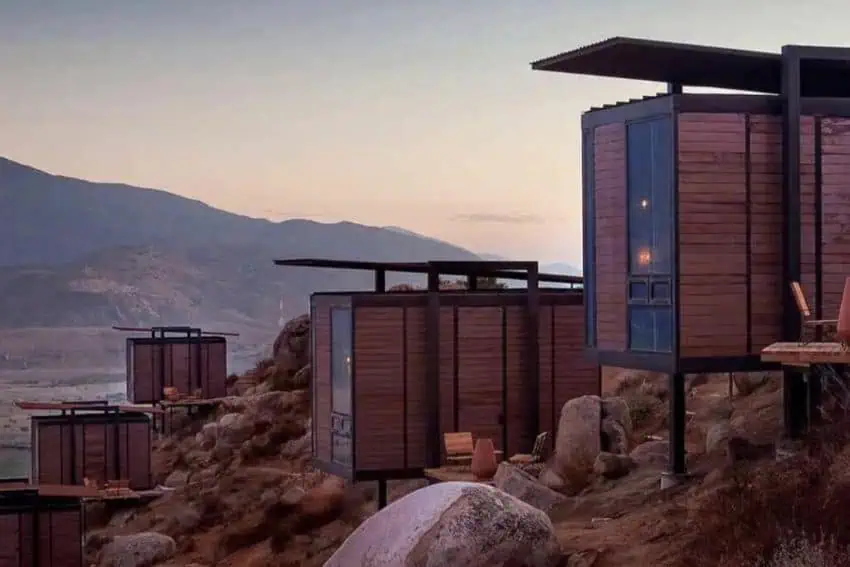Before meeting with the nation’s mayors in Mexico City and traveling to the hurricane-battered city of Acapulco, President Claudia Sheinbaum held her penultimate morning press conference of the week at the National Palace.
Among the questions she fielded was one on remarks made by U.S. Senator and future secretary of state Marco Rubio and another on her meeting with Canadian business leaders on Wednesday.
Sen. Marco Rubio made the remarks during his Senate confirmation hearing to become the secretary of state under incoming U.S. president Donald Trump.
Sheinbaum will hold her final mañanera of the week in Acapulco, which was devastated by Hurricane Otis in October 2023 and hit hard by Hurricane John last September.
Sheinbaum agrees with Rubio — Mexico and the US should collaborate to combat cartels
A reporter asked Sheinbaum about the Mexico-related remarks made on Wednesday by Senator Marco Rubio — Donald Trump’s pick for secretary of state — during his Senate confirmation hearing.
Among the remarks Rubio made were that:
- “[Mexican cartels] are sophisticated criminal enterprises; they are terrorizing the United States, but they are sophisticated criminal enterprises.”
- “Sadly, they also have operational control over huge swaths of the border regions between Mexico and the United States.”
- “[U.S. military force against Mexican cartels] is an option the president has at his disposal. … I think President Trump is someone that never publicly discusses his options and leaves himself the flexibility to act.”
- “I think there is a lot we can and will continue to do in close partnership with our allies in Mexico [to combat cartels]. I think there is more they can do as well to confront this challenge.”
- “My preference would be, from the Department of State’s perspective, that we can work with Mexicans on this issue cooperatively because it is impacting their nation as much as ours.”
- “My hope, in a perfect world, is that we could work in close collaboration with Mexican authorities to take these groups out.”
Rubio initially said that the designation of Mexican cartels as foreign terrorist organizations is “probably” an “imperfect tool” in the fight against transnational crime. However, he subsequently said it “may be the appropriate one.”
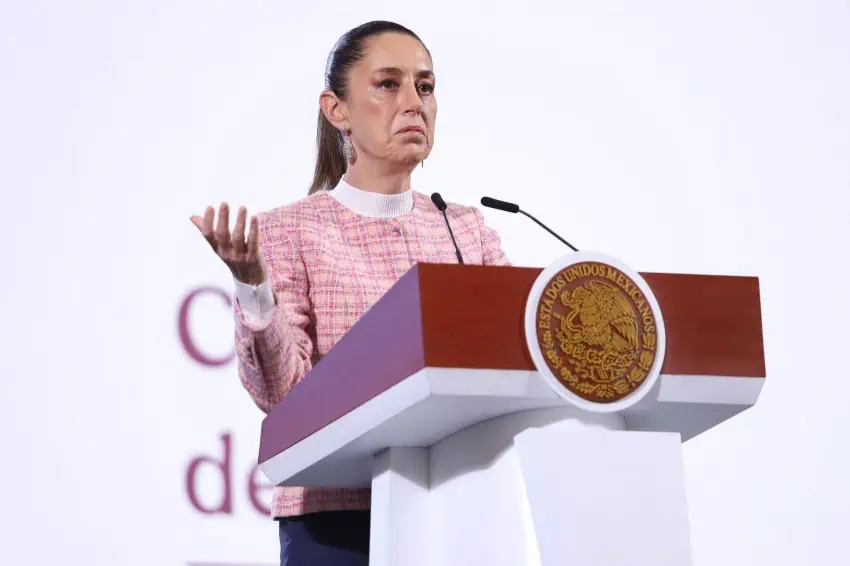
“… It is important for us not just to go after these groups but identify them and call them for what they are and that is terroristic in their nature,” Rubio said.
On Thursday, Sheinbaum said that her administration shares Rubio’s preference for “coordination” between Mexico and the United States on security issues.
“That is what we have been saying. That to attend to migration problems, security problems, drug-trafficking problems, the best thing is coordination at the highest level,” she said.
“Respecting each other’s sovereignty, we can collaborate and coordinate to reduce the crime rate in Mexico, avoid the passing of weapons from the United States to Mexico and at the same time we can contribute in all that is needed to reduce this fentanyl crisis they have in the United States,” Sheinbaum said.
The president described Rubio’s statement on his preference for security collaboration with Mexico as “very good,” and said it was “good news” that when Trump takes office next Monday there will be “space for this high-level coordination that is so important.”
She also said that Rubio acknowledged that the designation of cartels as terrorist organizations comes with “complications” due to the ways in which they operate.
After Trump declared in December that he would designate Mexican cartels as foreign terrorist organizations on his first day in office, Sheinbaum said Mexico would never accept any interventionist actions, such as the use of the U.S. military on Mexican soil.
Canadian companies are ‘eager’ to keep working in Mexico, Sheinbaum says
Sheinbaum noted that she met on Wednesday with representatives of various Canadian companies. Among the companies represented at the meeting were Scotiabank, Linamar, Canadian National Railway Company, Martinrea International, Palliser Furniture, TC Energy, Teck Resources and WestJet Airlines.
“They’re eager to keep working with our country and we explained everything that is needed for investment within the framework we’ve set out,” said Sheinbaum, who presented an ambitious new economic plan earlier this week.
The president said there has to be “certain order in investment” so that it occurs where there are sufficient natural resources. She also said that foreign investment needs to come with the “guarantee” that it will create “well-paid jobs” in Mexico.
On those issues, there was “very good dialogue” with the Canadian business representatives, Sheinbaum said.
By Mexico News Daily chief staff writer Peter Davies (peter.davies@mexiconewsdaily.com)

